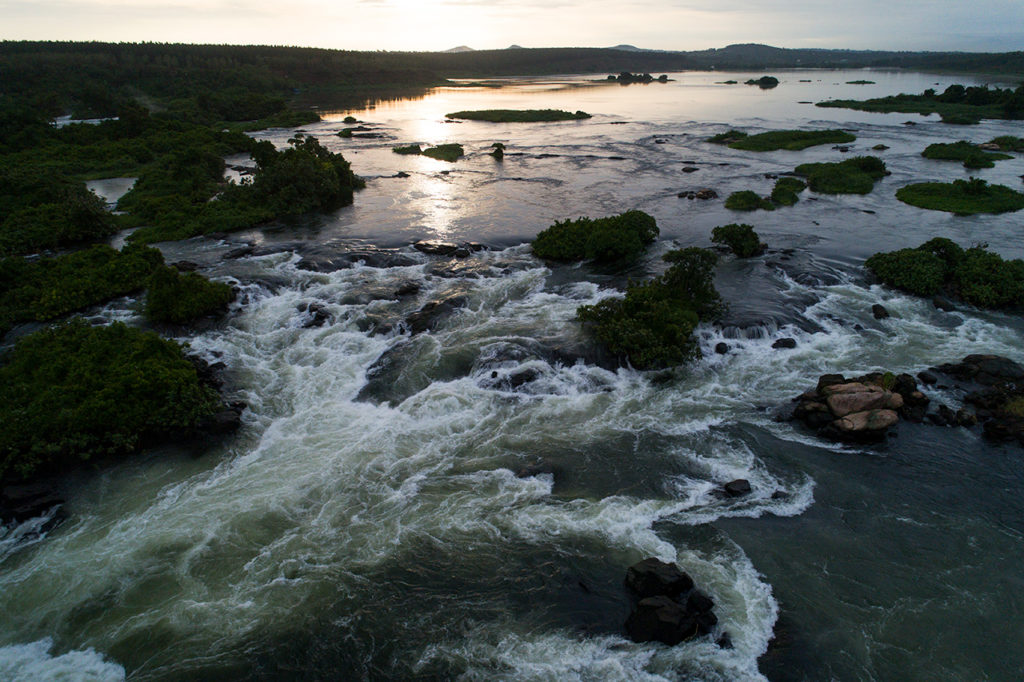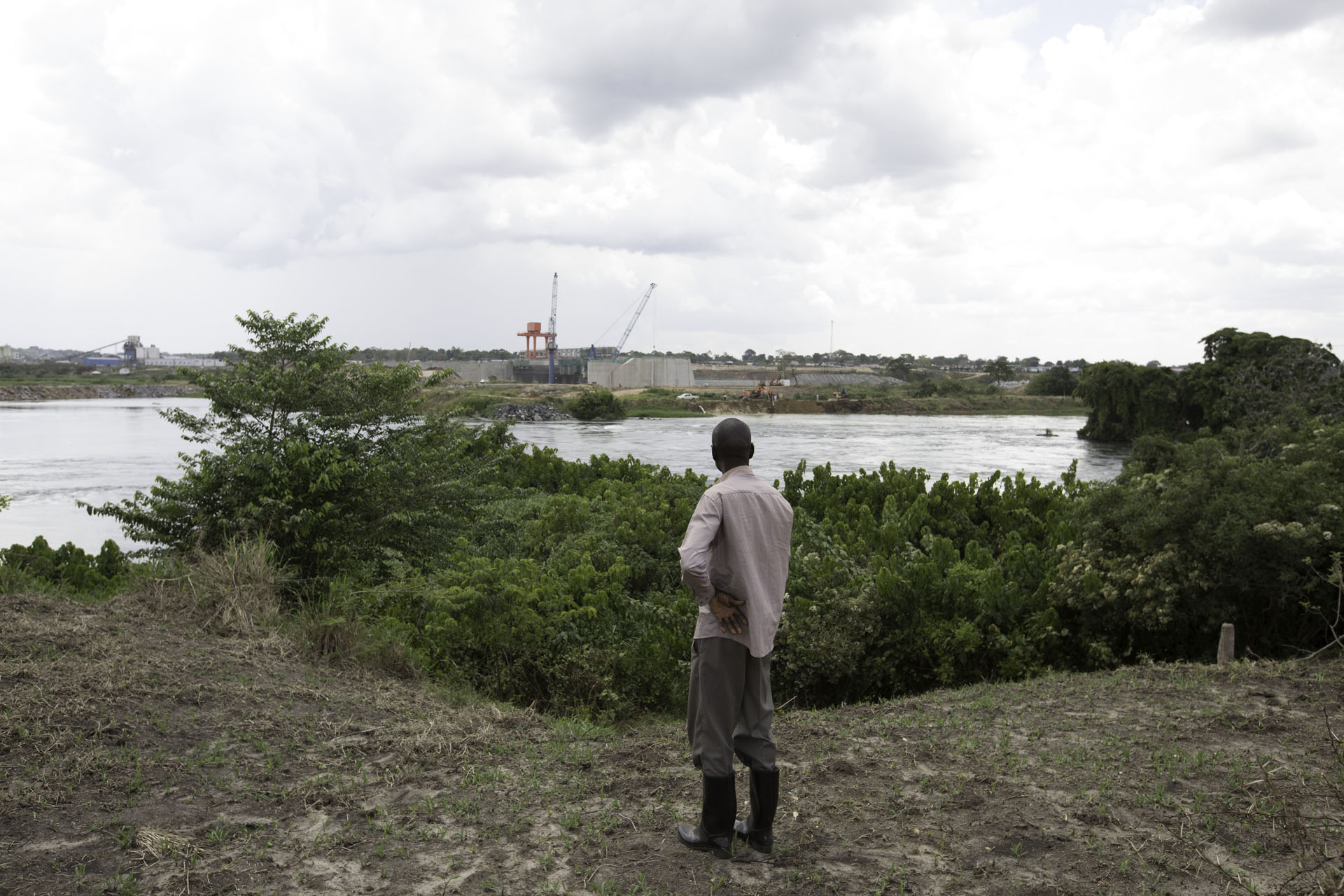By: Josh Klemm, Policy Director
Last month, after a long-running saga, the World Bank signed away its legal obligation to protect Uganda’s Kalagala Falls, a site of immense spiritual and biodiversity value near the headwaters of the Nile River. By granting Ugandan authorities permission to flood Kalagala, the Bank has harmed thousands of local people whose livelihoods and cultural beliefs are attached to the site. And it’s not the first time.
Background on the Dam
In 2007, the World Bank agreed to finance the building of a dam upstream of Kalagala at the site of the Bujagali Falls, one of the country’s most important spiritual sites, over the fierce opposition of Ugandan and international civil society. To great fanfare, the World Bank funded an elaborate ceremony where traditional priests relocated the spirits located at Bujagali Falls to a new site so the falls could make way for the dam – an exercise that an expert who investigated the matter for the World Bank equated to “flooding the Vatican.”

Impacts to Biodiversity and Cultural Value
But there was a problem. The World Bank’s rules prohibit projects that have major impacts on sites of such important biodiversity and cultural value. So they devised a clever way to skirt those rules: They would get the Ugandan government to agree to set aside another important site downstream of Bujagali – the Kalagala Falls – as a protected area. This allowed the World Bank to claim that a similar area would remain untouched in perpetuity, and protected from the construction of future dams. This arrangement, called a biodiversity “offset,” was agreed between the World Bank and the government of Uganda in 2007.
The problem with this approach, however, was apparent from the outset. A former World Bank staff who worked on the project told me point blank that they knew at the time that the Ugandan government never intended to honor its agreement, and that the agreement wasn’t worth the paper it was signed on. The government maintained ambitious plans to develop a series of dams on the Nile, and they were happy to sign the agreement if it meant the project could go ahead. And in 2013, less than a year after the Bujagali Dam was completed, the Ugandan government broke ground on a new dam, Isimba, downstream of the Kalagala Falls.
What followed was a string of shallow “negotiations” over the site’s future. The World Bank issued a statement of concern in 2015, a full two years after developers began work on Isimba. The World Bank offered to pay for an assessment of Isimba’s impacts on Kalagala, and the Ugandan government dithered for a year while construction continued apace. The assessment was finally released late last year, just months before Isimba is expected to be completed.
After all that, the consultants, who were paid $400,000 for the job, came up with the solution: Flood Kalagala but create another offset! That’s right: the 5km stretch of river between the Bujagali Dam and Isimba’s reservoir will now be protected after Ugandan authorities again promised not to build any dams there, because that worked so well the last time. And just in the past month, the World Bank made it official, though apparently they felt it unworthy of making any sort of public statement. (In 2016, however, they felt it necessary to make a statement when an advertisement in the local Ugandan press simply stated the World Bank had visited the Isimba Dam.)Construction at Isimba Dam has continued while the World Bank and government dithered Eli Reichman
Holding the World Bank Accountable
The Kalagala site is full of tropical wildlife, natural forest and countless birds, animals and plant species, and is an important breeding ground for Uganda’s national bird, the crested crane. The area is also major tourist destination: 50,000 visitors a year make the trip to enjoy some of best whitewater rafting anywhere in the world. The industry directly and indirectly supports the livelihoods of thousands of Ugandans in an underserved part of the country. But the World Bank couldn’t be less concerned about the dam’s impacts: One World Bank official told me there wouldn’t be any real harm done – people could come to enjoy the lake created behind the dam!
Unfortunately, no one is going to fly thousands of miles to visit a stagnant reservoir that inundated a tropical paradise.
Featured image: Construction at Isimba Dam has continued while the World Bank and government dithered | Photo by: Eli Reichman

